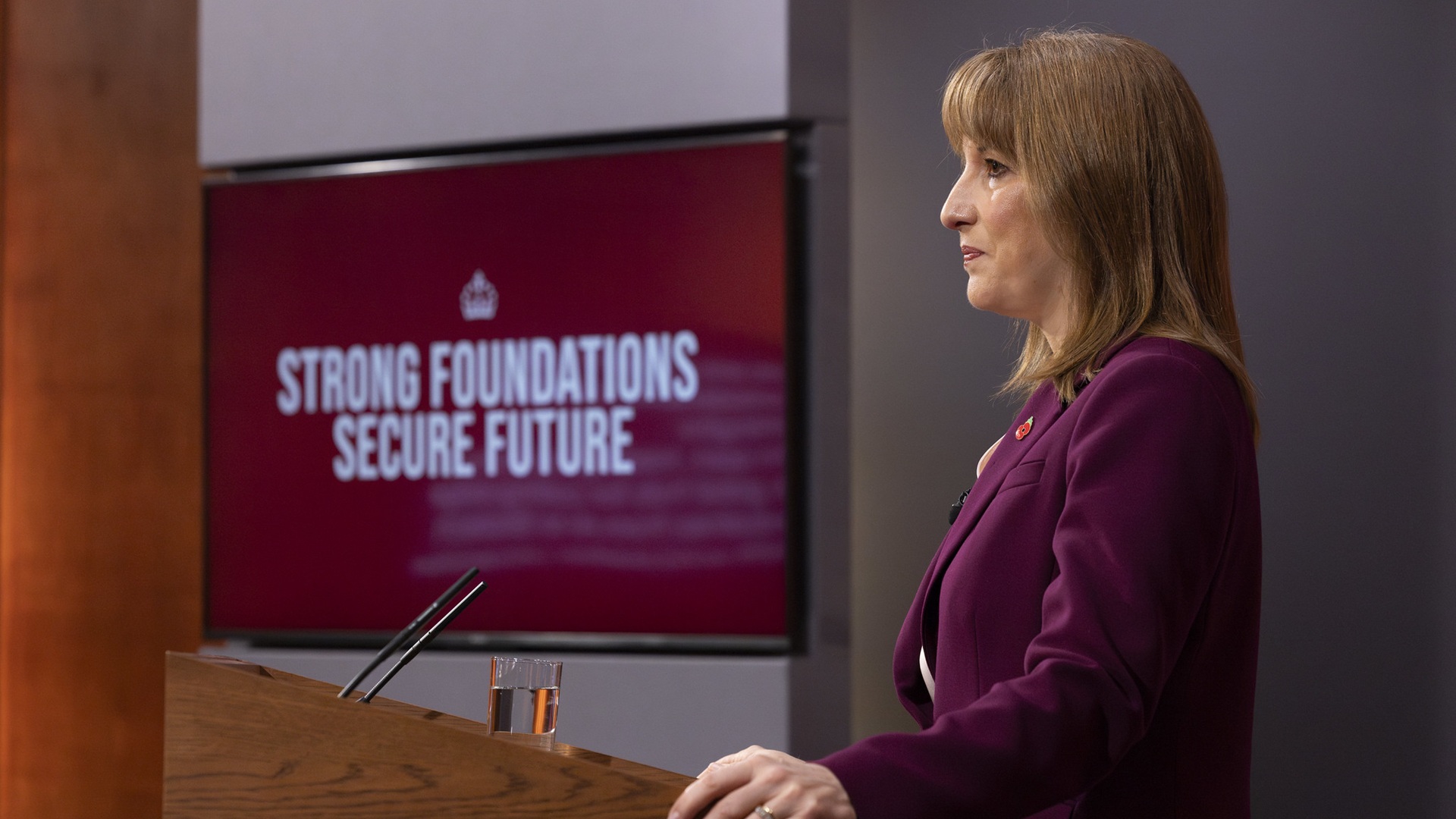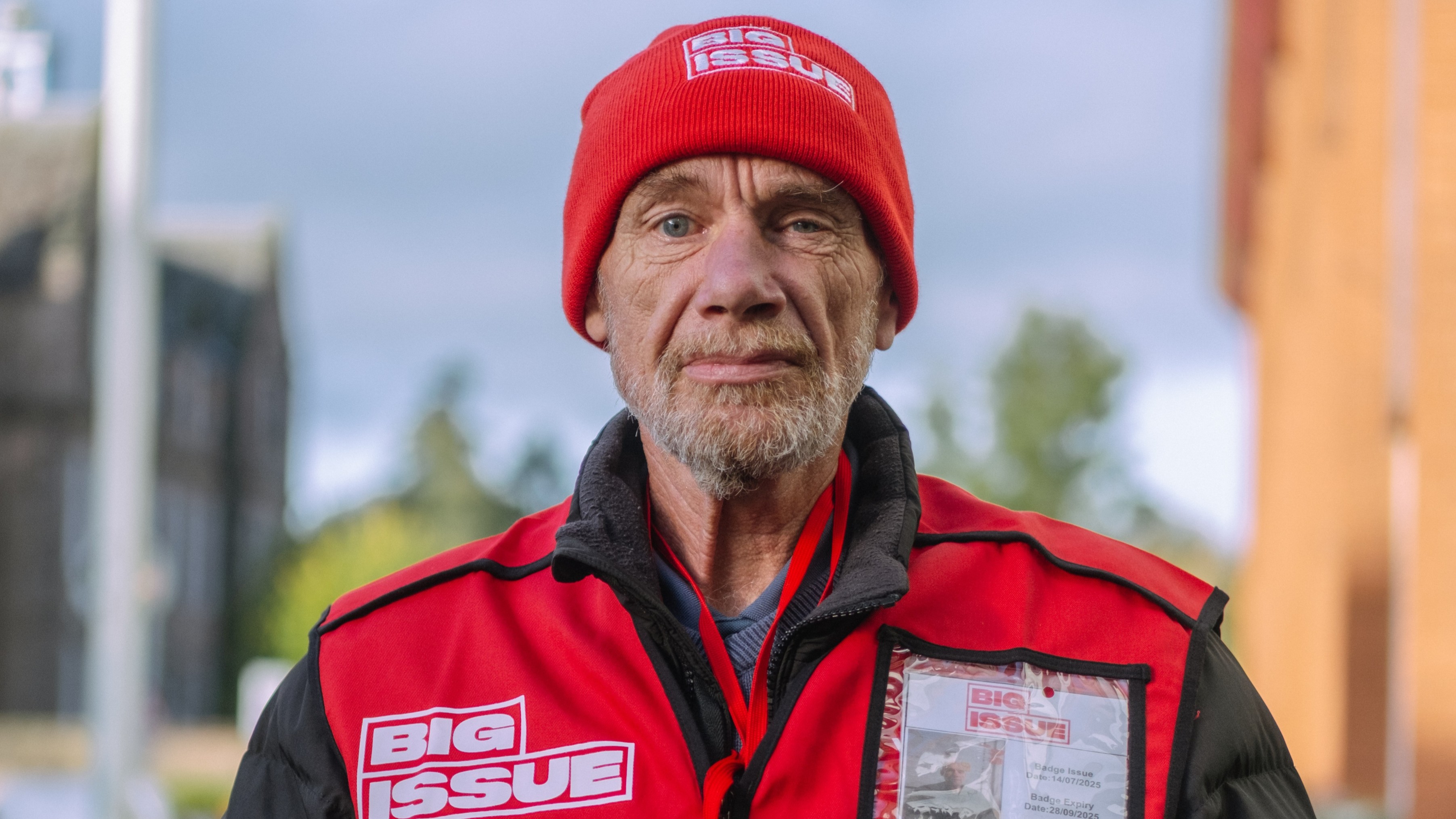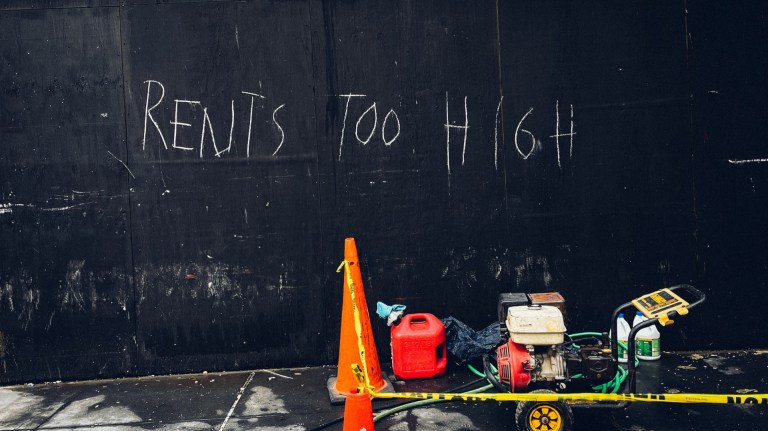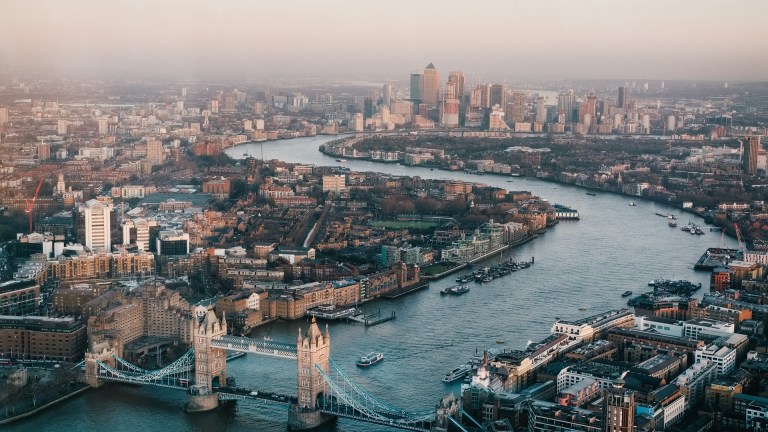“Doing so has three key benefits for our society: preventing more people from the avoidable tragedy of homelessness; opening up more opportunities for people already experiencing it to find a home; and improving the overall health and wellbeing of the nation.”
Will Reeves listen and unfreeze LHA at the autumn budget on 26 November? Here’s what you need to know.
When did local housing allowance last go up?
The Conservatives last raised local housing allowance rates to the bottom 30th percentile of rents back in April 2024. That ended a four-year freeze on rates since the last time they were increased in 2020.
Labour opted not to raise local allowance rates in April 2025 and that means they will remain frozen until at least April 2026.
Campaigners have called for local housing allowance to be linked to rising rents every year to ensure they are reflecting the true cost of renting.
Analysis from the Joseph Rowntree Foundation found that rents have risen, on average, by £210 a month since the last time LHA rates were unfrozen. The cash gap means only 40% of people affected by LHA can afford their rent.
Advertising helps fund Big Issue’s mission to end poverty
It makes finding a home a challenge. In the third quarter of 2025, affordable housing consultancy SimplyPhi found just 1.7% of private rental homes on the market in England were available at LHA rates, equivalent to just 1,041 out of 75,998 properties. That represented a 10% decline in the number of affordable homes compared to the previous quarter.
Resolution Foundation said the affordability gap currently sits at around 14%, equivalent to £104 a month for a typical two-bedroom property.
By next year, that gap is expected to reach a record 17%, rising to 25% or £180 a month by 2029-30 without any government intervention.
The affordability gap is starkest in London but every region in England now has at least one local authority where renters are facing a gap of more than £100.
Hackney in London has the biggest shortfall, with local rents on a two-bedroom property outpacing LHA by £350 per month. Elsewhere this gap has grown to £170 a month in Salford in the North West and £144 a month in Hinckley and Bosworth in the East Midlands.
Nick Redmore, director of The Salvation Army’s homeless services, is among those calling for the government to act, particularly as it is set to publish strategies to tackle homelessness and child poverty before the end of the year.
Advertising helps fund Big Issue’s mission to end poverty
“The freeze on housing benefit is driving families deeper into poverty and homelessness with harmful consequences for their children. The rising demand and cost of providing them with temporary accommodation is also pushing local authorities to the brink financially,” said Redmore.
“The coming months present a critical opportunity for government action. Ending the housing benefit freeze in the autumn budget and finally publishing the long-promised homelessness strategy could, at last, bring about meaningful change.
“Yes, the nation is under financial pressure, but every child deserves a safe and stable home and this should not be their burden to carry. Each day the government delays changing conflicting policies that adversely affect homelessness is another day children and their families suffer for being in poverty.”
Is local housing allowance going up in April 2026?
It remains to be seen whether chancellor Reeves will bow to pressure to raise local housing allowance rates but, with tax rises expected to fill fiscal holes, it is perhaps unlikely, especially as the government’s long-term spending forecast suggests a freeze until 2029-30.
The main argument against LHA rates is that it is expensive. That’s why LHA has only increased twice in the last decade despite surging rents.
When the Tories unfroze LHA in April 2024, it benefitted 1.8 million private renters to the tune of around £800 a year. But that came at a cost of £1.2 billion in 2024-25 with the rise expected to cost the government £7bn over five years.
Advertising helps fund Big Issue’s mission to end poverty
The government’s benefits bill is already sizable and Labour has been seeking to cut benefits more widely.
Department for Work and Pensions (DWP) estimates suggested housing benefit and the housing element of universal credit to support with rental costs would cost £36bn in real terms in 2024-25.
For context, Labour has earned praise for announcing an affordable housing programme to build more social homes and that equates to £39bn over the next 10 years.
Failing to act carries a cost too. Local authorities in England collectively spent £2.8bn on homelessness last year.
Read more:
Recent homelessness statistics showed 172,420 children were living in temporary accommodation as of June 2025.
Advertising helps fund Big Issue’s mission to end poverty
Research from the Resolution Foundation suggested unfreezing LHA rates next April could pull 75,000 children and 125,000 adults out of poverty across the UK.
The think tank said that, instead of making ad hoc adjustments to LHA rates when these pressures get too great, the fiscal forecast should be set on a realistic basis by accounting for raising LHA annually, expected to cost £2.5bn by 2029-30.
Hannah Aldridge, senior research and policy analyst at the Resolution Foundation, said: “The long-term freeze in rates is fiscally shortsighted, achieving short-term savings at the cost of a temporary accommodation crisis that is already costing local authorities £2.8bn a year.
“With the gap between local housing allowance rates and the 30th percentile of rent expected to pass the previous record of 17% next year, and on track to reach 25% by the end of the parliament, the government needs to re-link housing support to local rents before the gap does further damage to living standards.”
The government has just helped renters with the new Renters’ Rights Act finally making it into law. But the legislation does little to tackle the affordability of renting – will Reeves take action to change that on 26 November?
Do you have a story to tell or opinions to share about this? Get in touch and tell us more.
Advertising helps fund Big Issue’s mission to end poverty
Change a vendor’s life this Christmas.
Buy from your local Big Issue vendor every week – or support online with a vendor support kit or a subscription – and help people work their way out of poverty with dignity.





